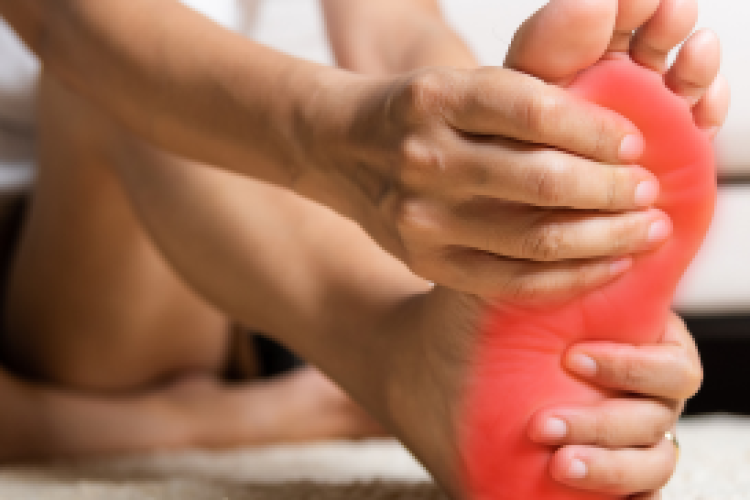If your kids are participating in remote schooling this fall, it’s important to set up a learning area for them that is comfortable and conducive to learning. By creating a work area that fits their size, you can help prevent aches and pains, and help them be more productive.
Desk and Chair
While your child may like sitting on the bed to do work, it can lead to poor posture. Instead, find a desk space that is at or slightly below resting elbow height. Your child’s feet should be firmly planted on the floor.
The feet being flat on the ground and the chair being at an appropriate height is extremely important to help maintain neutral posture (prevent slouching which we all do),” said James Dowling, Clinical Exercise Physiologist at Montefiore Nyack Hospital. “Bad posture and slouching can result in long-term neck and/or back issues so there should be an emphasis on the child sitting ‘upright’ with shoulders rolled back and chest out as much as possible while their feet remain flat on the ground/footrest.”
A height-adjustable or child-sized desk is best for a small child. If you don’t have one, you can place a pillow on the seat of the chair and put another one behind your child’s back. That will push your child forward until their knees extend about 2 inches in front of the chair. Put a box, books, or stepstool under their feet so their thighs are almost parallel to the ground. Some kids like to alternate between sitting and standing. In either case, encourage upright posture when doing computer work.
Computer or Laptop
To prevent bad posture, the top of the computer monitor or laptop should be slightly below eye level. You can raise the screen by placing it on books, a box, or anything else that is flat and stable.
Your child should be about an arm’s length away from the screen to prevent neck strain. The keyboard should be at a 90-degree angle to their elbows. The mouse should be level with the keyboard and within close reach.
Lighting
If it’s possible, set up your child’s work area near a window so they can have natural light. For extra light, add a lamp.
To prevent eye strain:
- Adjust contrast levels on their screen.
- If your child’s eyes feel dry, try putting a humidifier next to the desk.
- Use the “20-20-20” rule: every 20 minutes, shift your eyes to look at an object at least 20 feet away, for at least 20 seconds.
Headphones
Over-the-ear headphones are best for kids, instead of earbuds. Show your child how to check the volume level—ideally the headphones should be set at 60% volume or lower.
Take Breaks
Encourage your child to take breaks throughout the day to stand and move. Giving their body and mind a rest will help them focus and reduce stress.



 Upcoming Events
Upcoming Events



